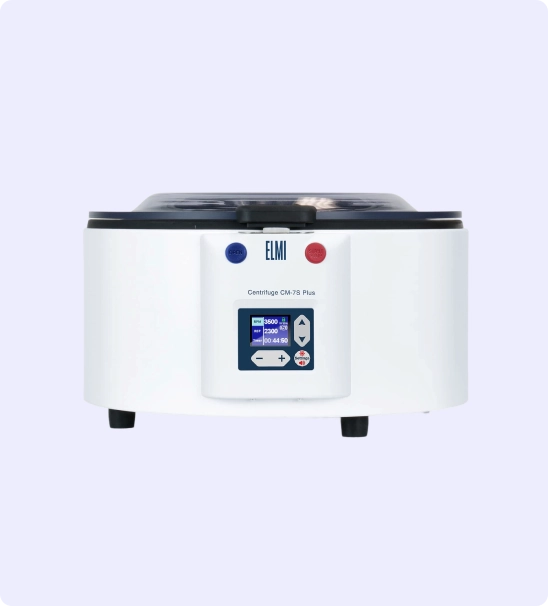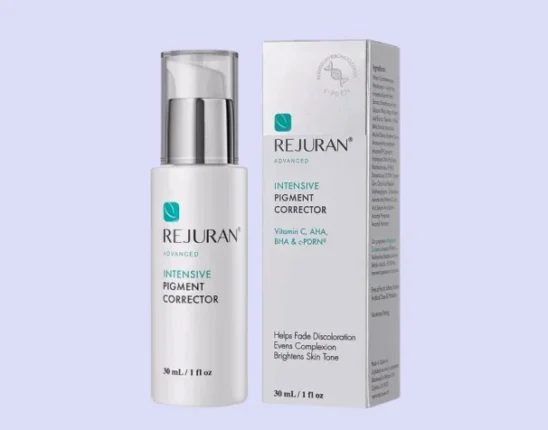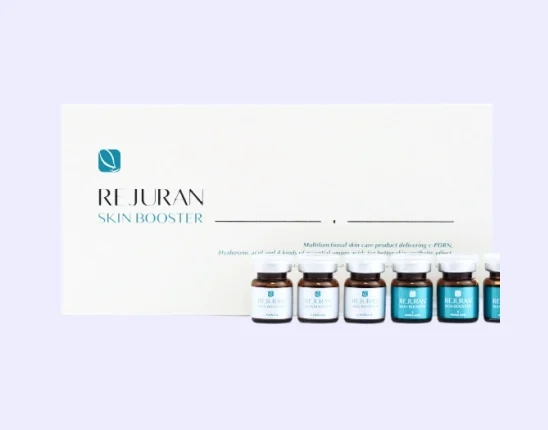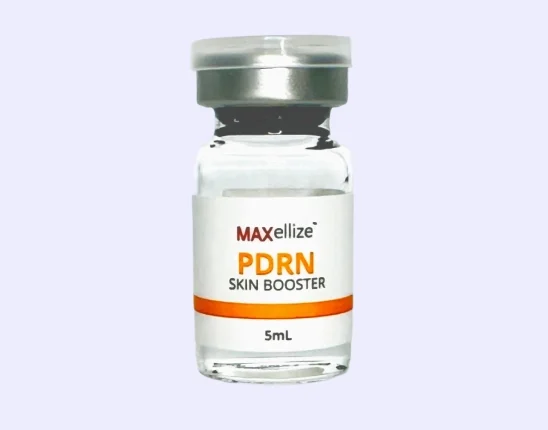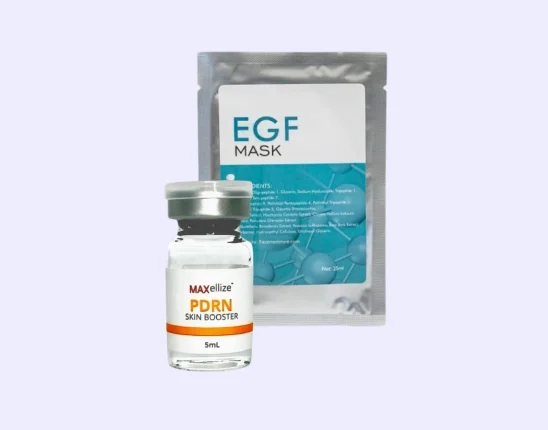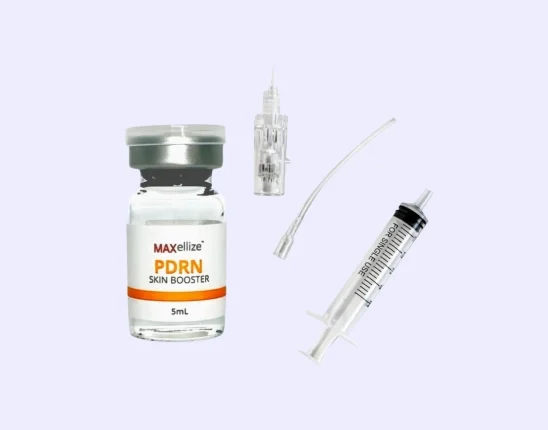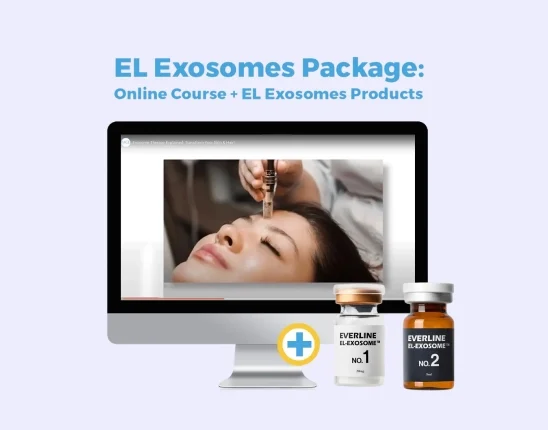With the prominence of platelet-rich plasma (PRP) injections in recent years, it’s no wonder many people are looking into them to assist in tissue repair and hair loss. But like in other medical procedures, there is also a slight chance of developing side effects after receiving a PRP injection.
So what are the common side effects of a facial PRP treatment? Besides the slight pinch you feel during blood extraction and PRP injection, you may experience bruising, swelling, and slight pain. Some people may also develop facial acne and, in rare cases, infection. Fortunately, these resolve in a couple of weeks and with the guidance of your healthcare provider.
Common PRP Side Effects
Although PRP injections use blood growth factor from the patient to stimulate tissue regeneration, there is still a chance of developing adverse reactions to the procedure. For facial PRP treatment, you may experience side effects affecting the appearance of the injection site and surrounding areas. Most of these go away within 1 to 2 weeks but make sure to monitor your body and contact your healthcare provider if symptoms persist.
1. Bruising
Some patients will get light bruising around the injection site. This is a normal reaction to the procedure and typically goes away after 1 to 10 days. Most people will have bruises near the injection site, although some may develop more prominent discoloration.
If you notice your bruises becoming darker and more painful, contact your doctor as soon as possible. They may prescribe you skin creams or tablets to lessen the visibility of the bruising. Avoid using ice packs without a doctor’s advice as they may lessen the effectiveness of the PRP injection in some people.
2. Swelling
Although it may feel uncomfortable, swelling signifies that the PRP facial rejuvenation is working as intended. Don’t be too bothered by the swelling unless the pain discomfort becomes unbearable. At this point, you can take a dose of Tylenol but don’t use other types of painkillers without notifying your doctor first.
You may also ask your doctor if using a warm compress is safe. If you receive the go signal to use a compress, 15 minutes of application a couple of times a day is the optimal duration. This will soothe discomfort but not affect the effectiveness of the injection.
3. Skin Irritation
Some patients may develop skin irritation around the treatment site. Itching and redness are common signs of irritation after therapy. These symptoms typically subside within 1 to 2 days. In the first week after your treatment, avoid wearing makeup and other facial cosmetics.
Your skin is more sensitive 3 to 4 days after treatment. In addition to avoiding chemical substances, you should also refrain from unnecessary picking and touching. You may introduce harmful bacteria to the area and further irritate the skin.
After your first treatment, your provider will observe your skin for any harsh side effects. If irritation lasts for longer than 2 weeks, they may recommend that subsequent PRP injections are spaced out. That way, your skin has enough time to heal before the next session.
4. Infection
Although the risk is quite low, there is a chance of developing an infection at the treatment site. Watch out for common signs of infection, including:
- Fever
- Chills
- Nausea
- Warmth or redness around the area
- Pus or leakage
If you experience any signs of infection, contact your doctor as soon as possible. You will need a course of antibiotics to get rid of the infection. Don’t self-medicate, as purchasing antibiotics without a prescription is harmful and illegal.
GET MEDICAL-GRADE BLOOD COLLECTION NEEDLES AT 20% OFF WITH CODE “20OFF” ON YOUR FIRST ORDER.
Stock up on blood collection needles and other medical and aesthetic supplies with FACE Med Store. Checkout today and get 20% off your order.
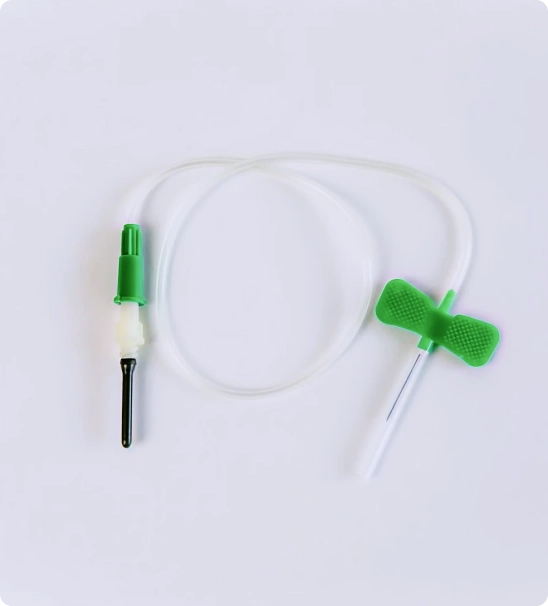
5. Slight Pain
Most people will experience a little pain due to inflammation. These sensations signify that PRP treatment is working, although it can affect your daily functioning. Pain can be lessened with the help of medications like Tylenol, as well as using a cold compress. The pain should subside within 3 days. Contact your doctor if the pain doesn’t improve or gets worse after this period.
6. Minimal Improvement
Although not considered a “side effect,” many patients may become disappointed after not receiving their desired results. Some patients may experience persistent soreness and pain even after a few weeks have passed.
It’s important that you contact your provider to address these concerns as soon as possible. They may also prescribe additional sessions to maximize the effectiveness of PRP. The intervals between each injection will also depend on your side effects and medical history.
Aftercare for PRP
PRP patients need to rest immediately after the procedure. While the downtime post-procedure is significantly lower than other therapy options, resting is recommended to avoid overexertion and fatigue. Most doctors will ask you to limit movement near the injection site for at least 2 days.
1. Get Some Rest
In the first 7 days, it is recommended that you avoid strenuous exercise. Vigorous movements may exacerbate the pain and swelling in the treatment site. After 3 to 4 weeks, you can return to your usual exercise regimen.
Additionally, maintaining a healthy routine is one of the best ways to ensure that your body responds well to PRP. Your doctor can help you narrow down the most optimal exercises you can do while in between sessions.
2. Maintain a Healthy Diet
Sticking to a healthy diet will also help your body recover as soon as possible. Fruits, vegetables, and lean meat are good sources of vitamins and minerals that encourage healing. A selection of food similar to the Mediterranean diet can help lessen excess sugar and fat.
Folate-rich food items can help the body grow and repair its tissues faster. Food items that can help with recovery from PRP therapy include:
- Oranges
- Sunflower seeds
- Spinach
- Beef liver
- Bananas
- Pomegranate
If you don’t have access to fresh produce, snacks fortified with folate can also help. These include cereals and snack bars. Some items, like spinach and beef liver, are also rich in iron and protein. These nutrients also stimulate tissue repair and regeneration in the body.
3. Drink Enough Water
Drinking water helps flush out harmful toxins from the body. The recommended intake for adults is 8 to 10 glasses or 2 liters per day. Staying hydrated also helps with the swelling and inflammation after a PRP injection. Additionally, patients are advised to drink enough water before the procedure to ensure the quality of the platelets.
4. Avoid Smoking and Drinking Alcohol
Nicotine and alcohol interfere with wound healing. If you continue smoking while undergoing PRP facial treatment, you might not experience your desired effects. Smoking also increases the appearance of eye bags, wrinkles, and furrows—all of which can take away the vibrance from your face. Alcohol also lessens platelet production in the body and increases the chance of bruising after an injection.
FACE Med Spa: Your Source for Hair Care Products and Medical Supplies
PRP hair restoration and facials are becoming more popular. With the right tools and knowledge to deal with the side effects of PRP, you can achieve your aesthetic goals without any hassle. At FACE Med Store, we have all the hair care and medical tools you’ll need for your procedures.
Our selection of high-quality and affordable materials will help you and your clients achieve the best results possible. To see our updated stock list, feel free to send us a message at info@facemedstore.com.
